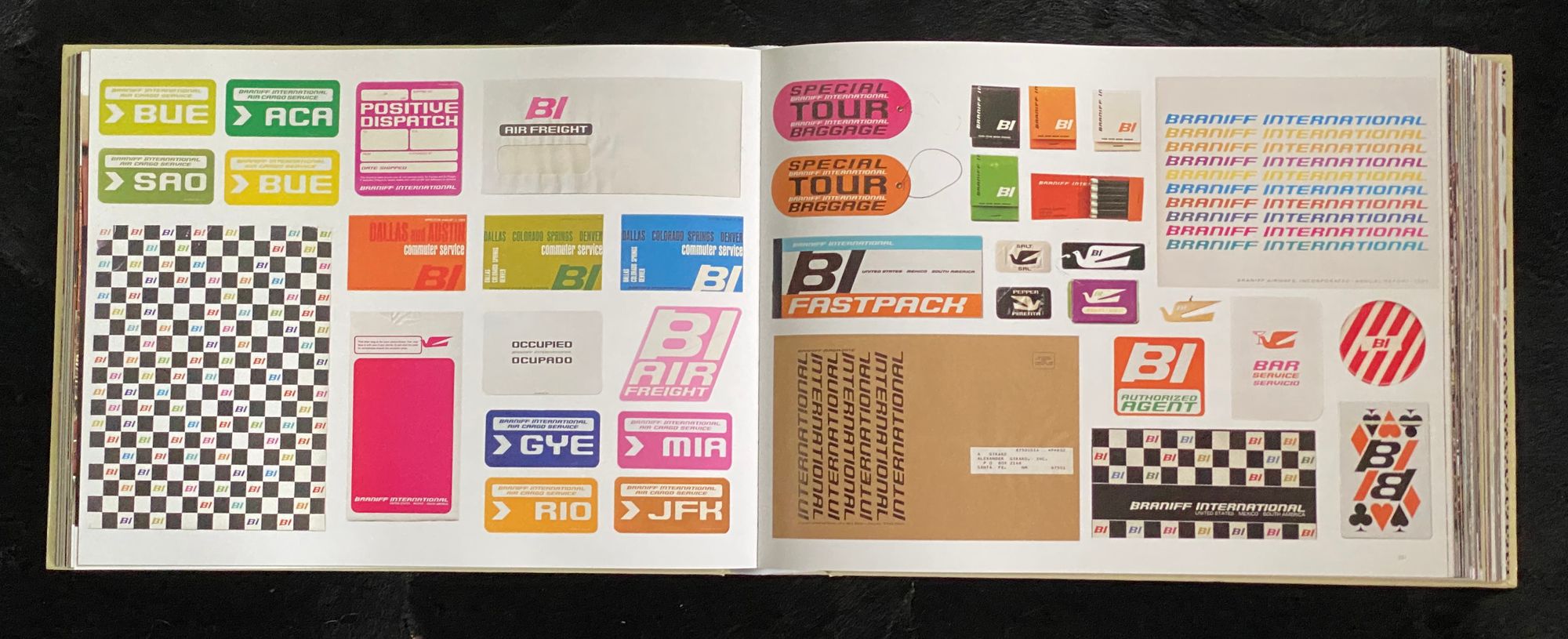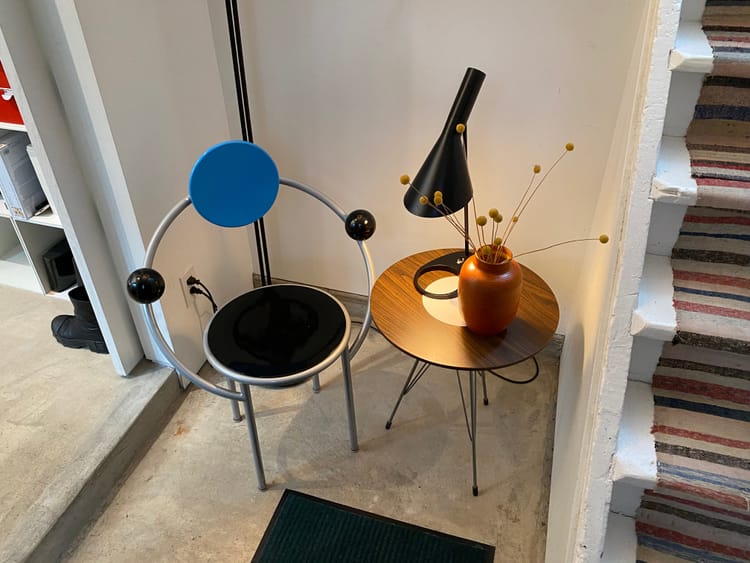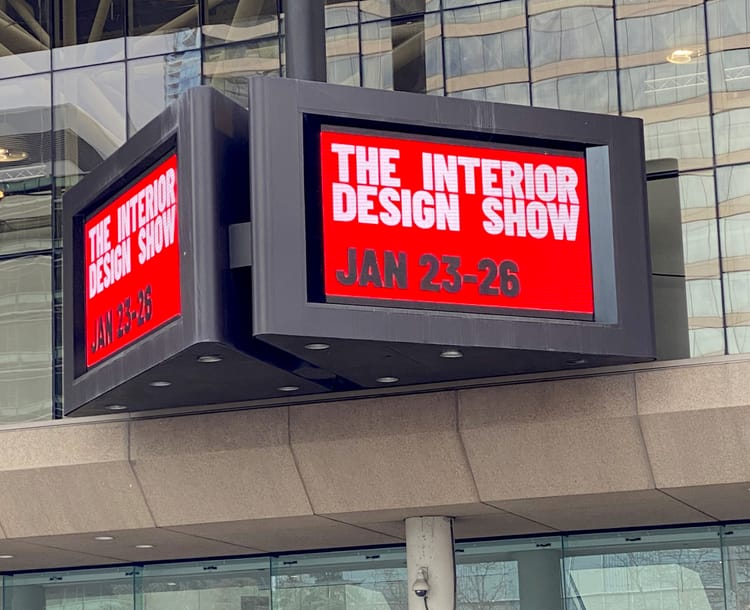Decorating, fast and slow: choosing your velocity
One of the unexpected pleasures of the pandemic-imposed slowdown was that suddenly I had time for things that never made it to the top of my priority list before. For example, a monograph about legendary mid-century designer Alexander Girard that had long been a decorative prop – and a striking one – finally welcomed me into its pages.
Trained as an architect, Girard brought his dazzling sense of pattern and colour to everything he touched, from buildings and interiors to graphic design and textiles. Awestruck by his prolific inventiveness, I was thankful that with time on my hands I could go beyond merely looking at imagery and dig into the narrative sections that traced his life and inspirations.
During my reading, I came across a quotation of his that wouldn't leave me alone:
An interior design is really a slow-motion movie of junk changing position.
I was startled and mystified. How could a designer famed for his attention to detail also be so dismissive?
Girard's projects were often sweeping in scope and complexity. His rebranding of the American airline Braniff in 1965 included not just the corporate identity but absolutely everything: the decor of the lounges and ticketing areas, the colour of the planes and the upholstery of their interiors... all the way down to the design of matchbooks, playing cards and swizzle sticks. (One of my most cherished possessions is a set of four mod-looking espresso cups he designed for the first-class cabin.)

Even though I have trouble reconciling Girard's towering talent with his irreverent remark, I love the idea of interior design being about objects in motion, no matter how slow.
The pandemic has both sped up and slowed down the objects around me. On one hand, the desire to get rid of extra stuff led me to shed more belongings than in any other 15-month period of my life. The velocity of the things in close reach has often been more like the hurricane of toys and household items in the movie Poltergeist:
On the other hand, the endless slog of lockdown has made it seem like familiar possessions have been standing in the same spot for thousands of years. Depending on my state of mind, my home environment has either been a high-speed carousel of change or an infinite desert of sameness. And on particularly tough days, both at once.
The global nature of our crisis has made the velocity problem more acute. In February of last year, I ordered some new door pulls for my kitchen cabinets from CB2. After getting numerous apologetic emails, I finally received the package in June of this year. All over our planet, the movement of objects is being shaped by the logic of either next-day delivery or interrupted supply chains. Speed – and the lack of it – is our shared condition now.
As we emerge from the safety of our cocoons and as the methods of getting things from place to place are restored, we’re facing a once-in-a-generation opportunity. Now that we’ve experienced both the benefits and drawbacks of fast and slow objects around us, we have the freedom to decide which is best.
Do you want to keep your home in a blindingly fast state of metamorphosis? Or do you want to anchor yourself with a rarely changing array of comforting things?
It’s time to choose your velocity.






Member discussion